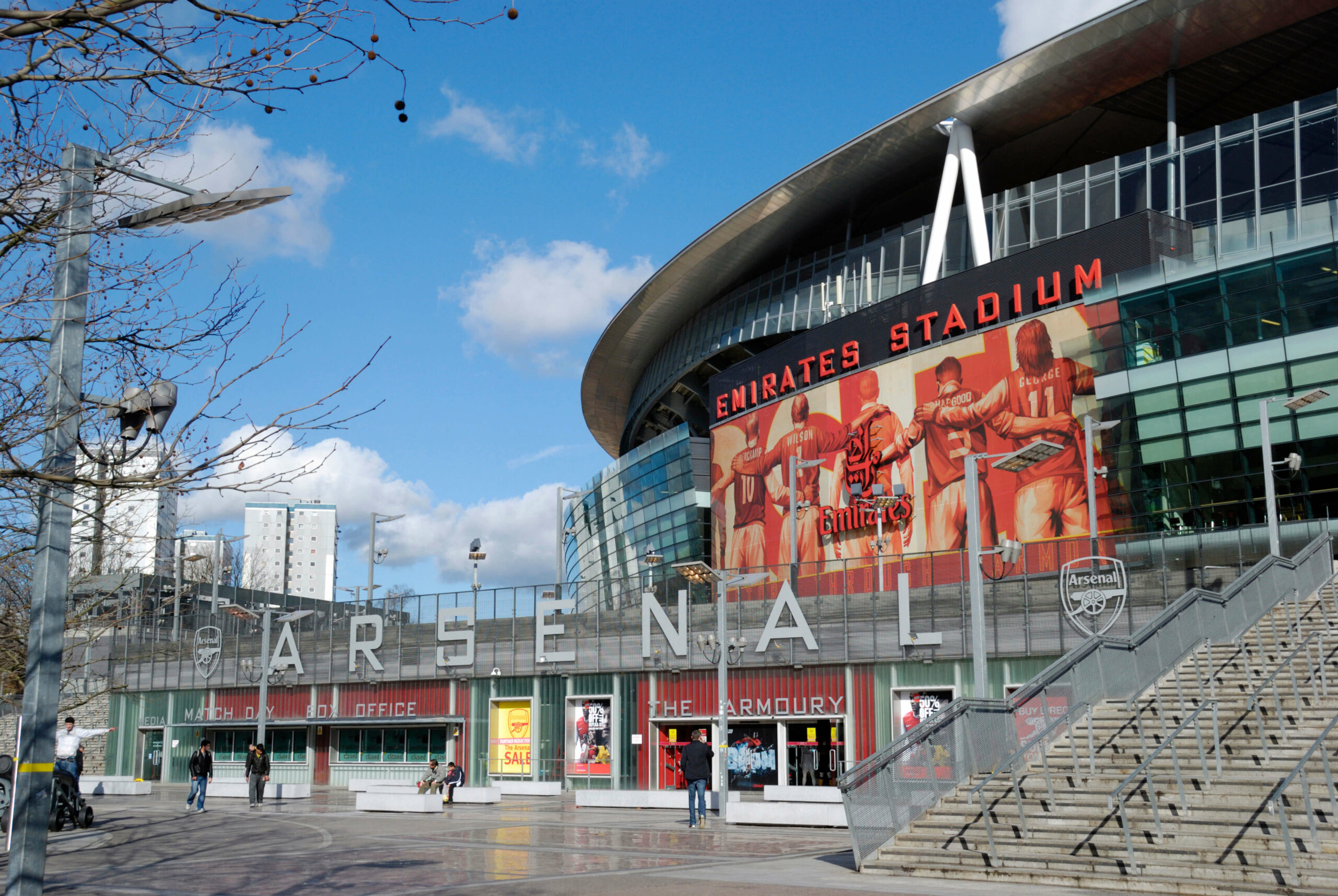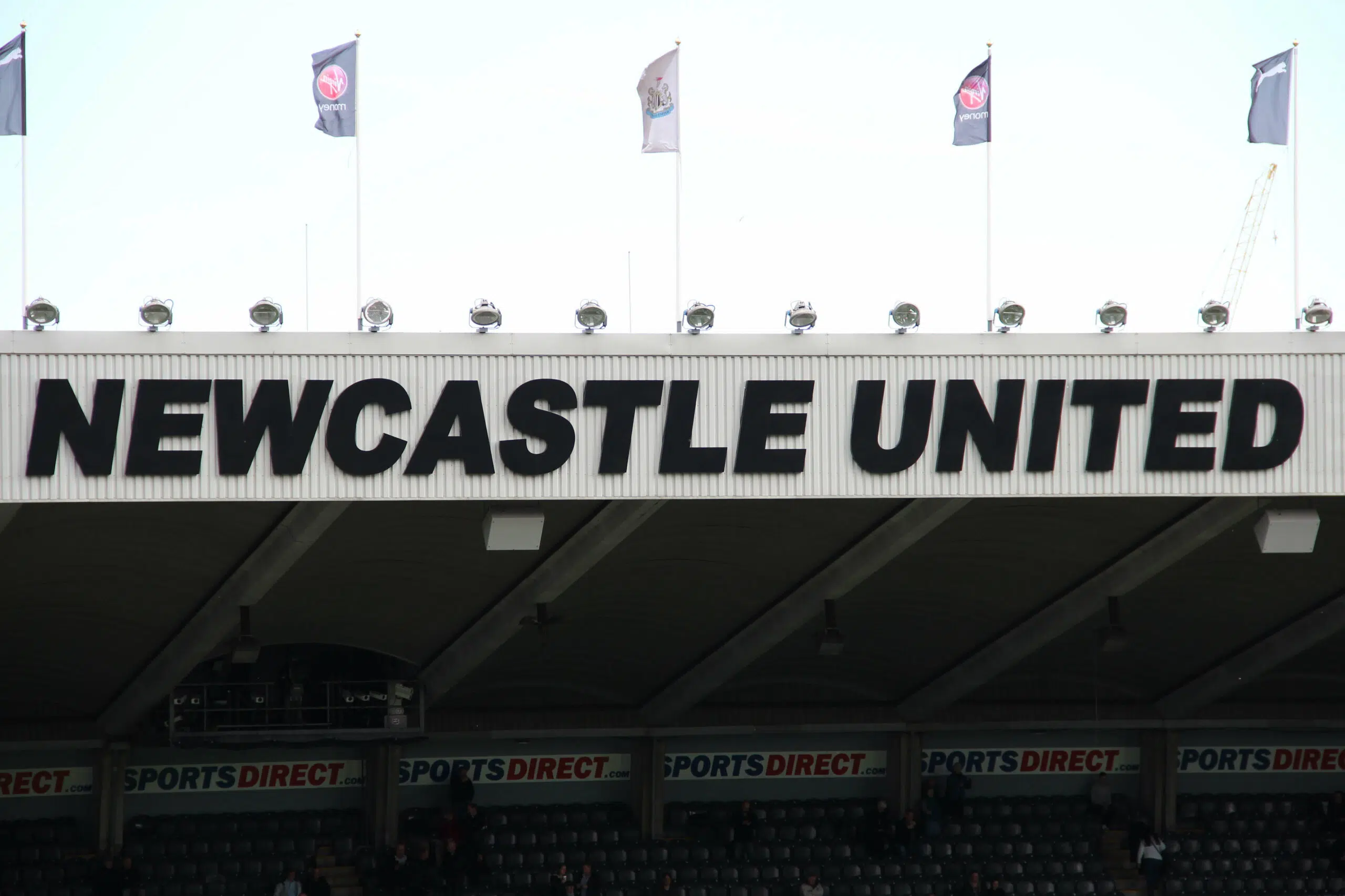Goals win games. They are the magnet that draws fans into stadiums and viewers to their screens, whether at home or on streaming sites. The way we choose to watch our beloved team matters little in the face of the exhilarating moments when a goal is scored.
We all revel in the excitement of seeing the ball hit the back of the net. Whether it’s a thirty-five-yard screamer, a curled free kick into the top corner, a cultured slot into the bottom corner, or a last-minute tap-in from a goalmouth scramble, the thrill is unmatched. Scoring is, without a doubt, the hardest feat in football, explaining why some teams struggle more than others to find the back of the net.
To delve deeper into this phenomenon, we conducted an in-depth analysis of the English Premier League, focusing on comprehensive match statistics from the 2023/2024 season. Our research meticulously compiled data on total shots, total goals, shots on target, and conversion rates—both in terms of goals per total shots and goals per shots on target. This investigation aims to identify the unluckiest team in the English Premier League in terms of goal scoring, providing insights into the challenges teams face in turning opportunities into victories.
Everton Crowned The Prem’s Unluckiest Team
Our analysis has revealed that Everton holds the unfortunate distinction of being the unluckiest team in front of goal in the Premier League for the 2023/2024 season so far. Under the management of Sean Dyche, the Toffees have managed a total of 322 shots on goal but have only succeeded in scoring 26 goals, with 99 of those shots on target. This results in a goals to total shots conversion rate of 8.07% and a goals to shots on target conversion rate of 26.3%. Despite an expected goals (xG) of 35.7, Everton’s conversion rate of goals to xG stands at 72.89%, placing them 18th in the league table.
Closely following Everton is Crystal Palace, with an equal tally of 26 goals for the season but from 264 total shots, 92 of which were on target. This places Roy Hodgson’s men in a precarious position, with a goals to total shots conversion rate of 9.84% and a goals to shots on target conversion rate of 28.3%.
Completing the top three unluckiest teams in the Premier League is Sheffield United, who have found the back of the net the least amount of times, scoring only 19 goals from 209 shots, with the fewest shots on target at 62. This results in a goals to shots conversion rate of 9.09% and a goals to shots on target conversion rate of 30.6%.
Among the teams anticipated to secure a top-four finish, Manchester United emerges as the most unfortunate in the Premier League, ranking fifth on the list of teams plagued by bad luck. Despite taking 322 shots, including 100 on target, Erik ten Hag’s team has managed to convert only 31 of these into goals. This results in a goal-to-shot efficiency of 9.62% and a conversion rate of 31% for goals from shots on target.
Rob Edwards’ Luton Army Crowned The Most Efficient Scorers
Conversely, Luton has been dubbed the Premier League’s luckiest team based on our analysis. They’ve found the back of the net 33 times from 251 shots, with 75 of those being on target, translating to a conversion rate of 13.1% for total shots and an impressive 44% for shots on target. Newcastle and West Ham are also among the fortunate ones in terms of scoring efficiency. Newcastle has scored 48 goals from 332 shots, 115 of which were on target, leading to a conversion rate of 14.9% for all shots and 41.7% for shots on target. West Ham, under David Moyes, has scored 36 goals from 87 shots on target, achieving a conversion rate of 41.3%.
Manchester City Are The Largest Prem Shot Takers
Our research further reveals that Liverpool have taken the most shots (425), outshooting their title contenders Arsenal, who have taken 374 shots. City leads in shots on target with 149, while Liverpool follows closely with 144 shots on target and holds the record for the highest total shots at 425. At the lower end of the spectrum, Sheffield United has the fewest shots on target (62), closely followed by Luton with 75 and Burnley and Nottingham Forest, each with 77.
Klopp’s Troops Expected Goals Dwarfs Peps Reigning Champions
Expected Goals (xG) has emerged as a pivotal metric in football for several reasons. It provides a statistical method to evaluate the quality of scoring opportunities that teams create and concede during a match. Our analysis reveals that Liverpool leads the league in expected goals so far, with an xG of 48.9. They are closely followed by Newcastle with an xG of 45.5, Arsenal at 44.3, and Chelsea with 43.9. Notably, Manchester City have an expected goals figure of 43.9 which is less than the likes of Liverpool, Newcastle and Arsenal. Yet Guardiola’s men have still scored the most goals so far this season. At the bottom of the table, Sheffield United has the lowest xG at 20.8, behind their fellow promoted sides Burnley at 21.8 and Luton Town at 25.6.
Methodology
Project Description: Analysis of the “Unluckiest Teams” in PL (23/24)
Overview
Our project aims to identify the “Unluckiest Teams” in the PL this season (23/24). The focus is on assessing teams’ efficiency in converting shots on target into goals, providing insights into their goal-scoring effectiveness and potential aspects of ‘unluckiness’ or poor finishing.
Data Collection
We meticulously collected comprehensive match statistics for all PL games for the 23/24 season. This data was sourced from fbref.com, a reputable resource for football statistics.
Data Transformation
The raw data was processed to extract three critical metrics for our analysis:
Shots: The total number of shots taken by a team.
Shots on Target: The number of shots that were directed accurately towards the goal.
Goals: The total number of goals scored by the team.
This data was then transformed and structured into an analyzable format, ensuring clarity and accuracy for subsequent calculations.
Calculate Conversion Rate
For each team, we calculated the Conversion Rate (CR). This metric is defined as the percentage of shots on target that resulted in goals, calculated using the formula:
CR=Goals Scored / Shots on Target × 100
This rate serves as a key indicator of a team’s efficiency in converting goal-scoring opportunities.
Analyse Conversion Rate
Teams with a lower conversion rate were the primary focus of our analysis. A lower CR suggests that despite creating quality chances (shots on target), these teams are not as efficient in converting these opportunities into goals. This inefficiency could be interpreted as a sign of ‘unluckiness’ in goal scoring or possibly indicative of poor finishing skills.
Final Analysis
The project culminates in a comprehensive ranking of PL teams based on their conversion rates. This ranking highlights the teams that have consistently struggled to capitalise on their goal-scoring opportunities, offering insights into patterns of performance and areas for potential improvement.
By combining rigorous data collection with detailed statistical analysis, this project sheds light on an often-overlooked aspect of football performance, offering a unique perspective on the PL teams’ goal-scoring efficacies.







